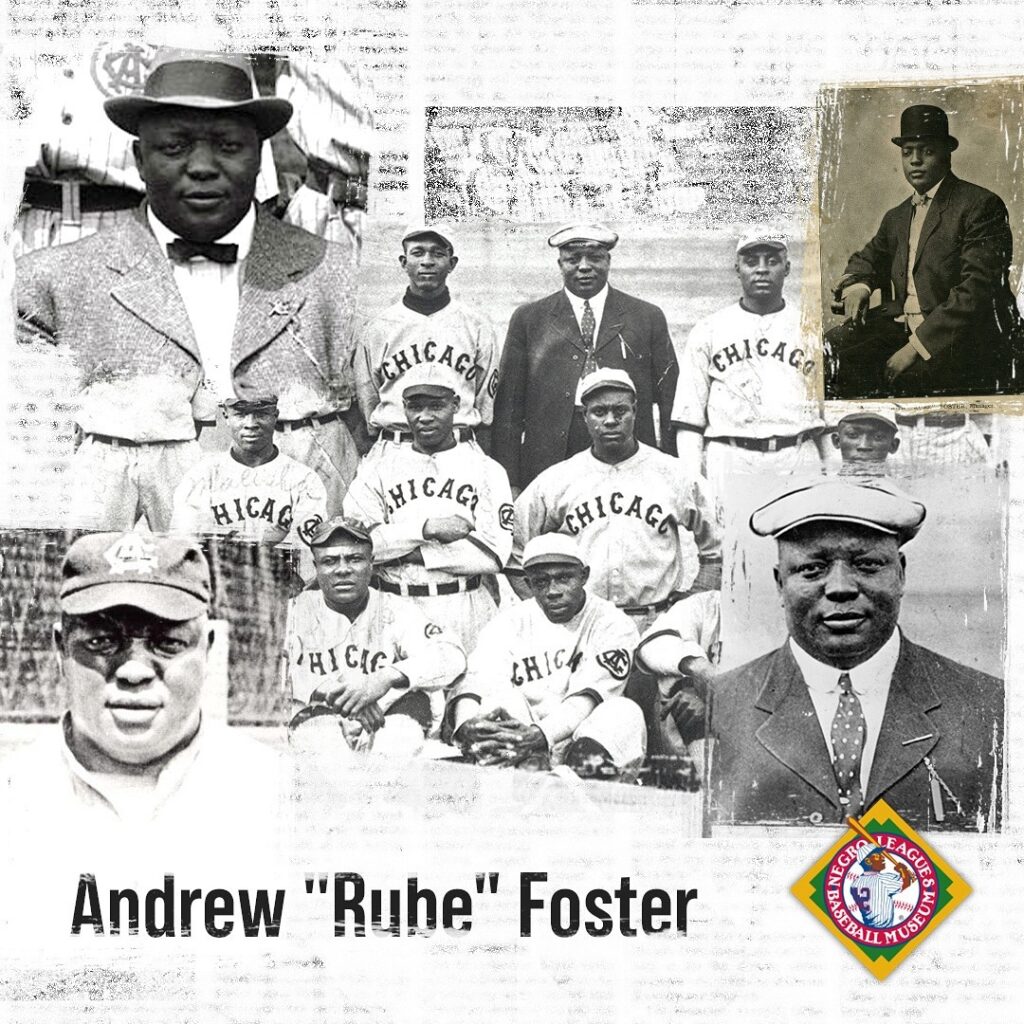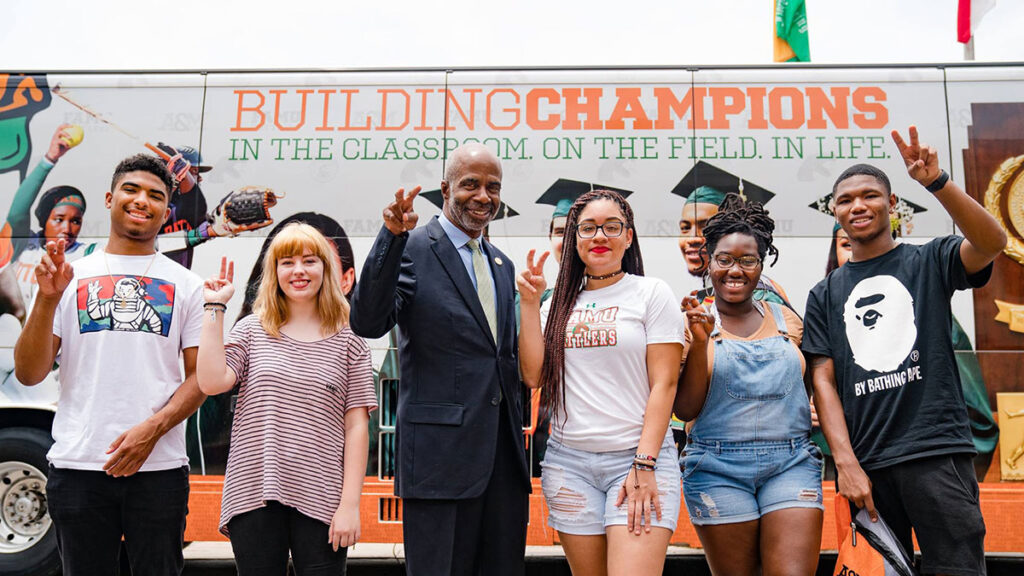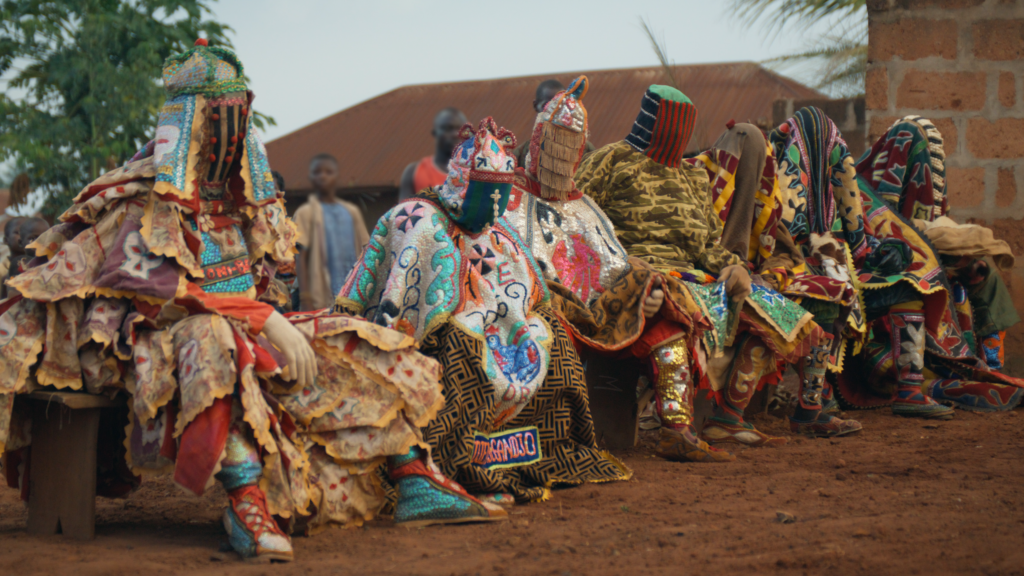Preserving Greatness: A Look Inside Bob Kendrick’s Mission To Keep the Negro Leagues History a National Treasure

Photo Courtesy of Bob Kendrick
Since its inception, the Negro Leagues Baseball Museum (NLBM) has deeply immortalized the legacy of fueling dreams. What began in a one-room office in 1990 took on a movement that would preserve the trailblazing history behind resilient underdogs turned courageous pioneers of the Negro Leagues.
Today, Bob Kendrick is living out his quest to create opportunities for the young and the seasoned to learn and never forget what the Negro Leagues’ players had done both on and off the field. The Georgia native was named President of NLBM in March 2011, but his journey with the legendary institution took an unpredictable turn long before that time. He spoke with the Buckeye Review about his gratifying plunge into one of the greatest chapters in American history.
NLBM was pioneered in a little one-room office in Kansas City, Missouri. As an ambitious sports writer with The Kansas City Star, Kendrick had the pleasure of meeting Baseball Hall of Famer and NLBM founder Buck O’Neal in 1993 and fell in love with a powerful mission.
“One of the first questions that I posed to him was ‘Buck, what motivated you to want to build a Negro leagues baseball museum? And his answer was very succinct, but also very poignant. ‘So that we would be remembered,’” Kendrick reminisced. “Our success stories have rarely ever been talked about. The role of the Negro League Baseball Museum is to bring this story to the forefront.”

Kendrick also excelled as a senior copywriter for The Star’s Promotions Department, where he developed the advertising concept and campaign that helped attract more than 10,000 people to witness the debut of the Museum’s first traveling exhibit in the summer of 1993. The success of that promotion led to an appointment to the museum’s Board of Directors in the fall of 1993.
“Our hopes and dreams of one day building a facility that would pay rightful tribute to not just one of the greatest chapters in baseball history, but what now thousands upon thousands every year discover one of the greatest chapters in American history,” Kendrick said.
Through his creative lens, Kendrick has designed several museum educational programs and events including the “Hall of Game” which annually honors former Major League Baseball greats who played the game in the spirit and signature style of the Negro Leagues.
Since then, Kendrick wanted to make sure that people saw a different view of Black folks.
The Negro National League was banded together under the guidance of the “father of Black baseball,” Andrew “Rube” Foster.
In 1920, the Paseo YMCA in Kansas City was the meeting spot where dreams of creating a “profession that would equal the earning capacity of any other profession… keep Colored baseball from the control of whites [and] do something concrete for the loyalty of the Race.”
Foster and a few other Midwestern team owners joined to form the Negro National League. They intended to bring the “thrills and innovative play of black baseball to major urban centers and rural countryside in the U.S., Canada, and Latin America.”

“Negro League history hadn’t been made in over six decades. Yet the life lessons that stem from the story of triumph over adversity are just as meaningful today as ever before,” Kendrick said.
In 1924, the very first Negro Leagues World Series kicked off between the Kansas City Monarchs and the Hilldale Club. The trailblazing event marked the first time that Foster’s Negro National League would face a rival league in the Eastern Colored League that was established by Ed Bolden.
“This was sending a message, in some ways it validated the Negro Leagues in the eyes of baseball fans because they were mirroring major league baseball,” Kendrick said.
“Our Kansas City Monarchs won that inaugural Negro League World Series becoming Kansas City’s first major professional sports team champion of any kind in 1924,” he added.

The Monarchs had produced numerous notable players over the years, including Hall of Famers Satchel Paige, Jackie Robinson, Hilton Smith, Willard Brown, Ernie Banks, and Buck O’Neil. Robinson broke Major League Baseball’s color barrier in 1947.
“They are not only the greatest baseball franchise Kansas City has seen, they’re the greatest sports franchise Kansas City has ever seen.”
The Negroes League Baseball Museum celebrated its 100th anniversary of the League’s founding in 2020.
The grandiose plans to celebrate the Negro League’s 100th anniversary shifted to accommodate the blindsiding COVID-19 pandemic. Kendrick and his team honed in on the resilient spirit that drove the league and decided to roll out a virtual campaign called “Tip Your Cap” and it took off virally. From the late, great Hank Aaron and Col. General Colin Powell to entertainers like Stephen Colbert and Conan Brown, many beloved figures showed their respects.
“When we went into outer space and got a tip of the cap from astronaut Chris Cassidy, I knew then that we had done something special,” Kendrick recalled. “From that day on, it just seemed like our fortunes changed. And then we’ve been riding this incredible wave of momentum ever since.”
Kendrick and his team are committed to preserving the legacy of the Negro League. Their efforts are gaining momentum and show no signs of slowing down. As part of their ongoing partnership with Major League Baseball, the upcoming limited edition package of MLB The Show 24 will feature the Negro Leagues in the video game. The objective is to celebrate the significant role of the black press, and Kendrick himself narrates the empowering story.
“This year we introduced Tony Stone, one of the three women who played in the Negro Leagues into the video game,” Kendrick announced, adding that the first female pro baseball players made history again as the first woman to ever be featured in a popular video game.
“So, as you can well imagine, for the young women that walk into our museum, this is eye-opening because they keep hearing that one day a woman will play professional baseball with the men. That one day has already happened,” Kendrick emphasized.
He also encouraged everyone to stay tuned for the highly anticipated opening of the new location of the Negro League Museum, where you can explore and learn about the history and impact of the Negro Baseball Leagues and their players. This new home promises to be a hub for inspiration and education, showcasing the legacy of this important part of American history.




